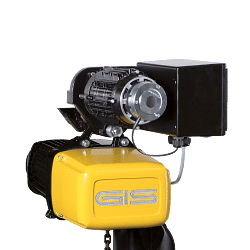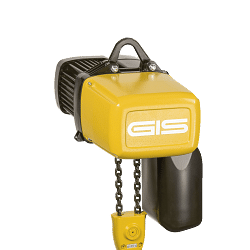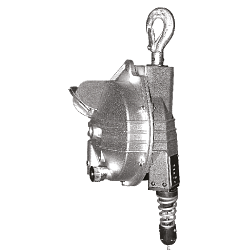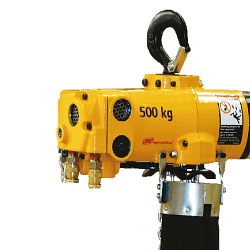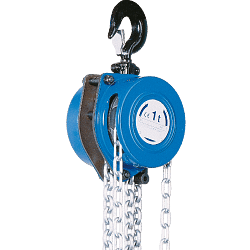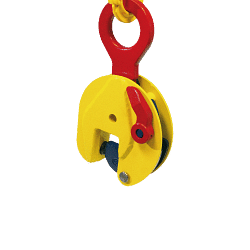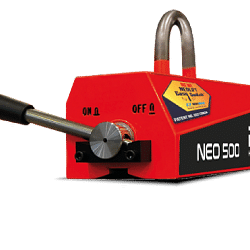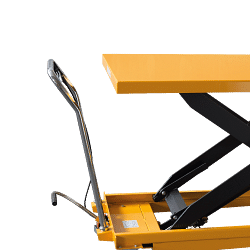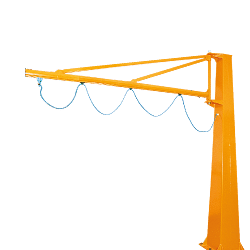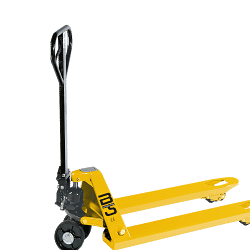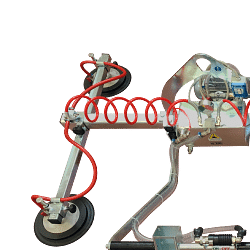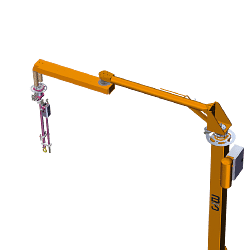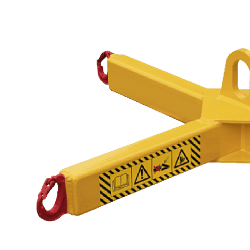Register and use the discount code NEWWELCOME to get 10% off on your first purchase. GET DISCOUNT.
Register and use the discount code NEWWELCOME to get 10% off on your first purchase. GET DISCOUNT.
Register and use the discount code NEWWELCOME to get 10% off on your first purchase. GET DISCOUNT.
Free shipping in 24h from 200€
Catalogues
Customer service
How can we help you?
- Faq
- Customer service
02.927371
- Supporting big orders
02.38298620
-
info@linkindustrialtools.it
- Request assistance with form
Or contact us with the chat in the lower right corner
- All products
 Integral cutting tools
Integral cutting tools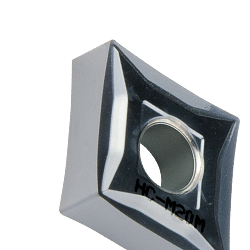 Turning tools
Turning tools Thread tools
Thread tools Thread tools
Thread tools- All products
- Thread inserts
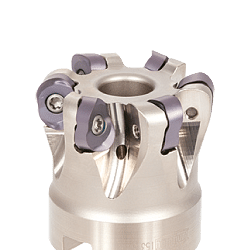 Milling cutters
Milling cutters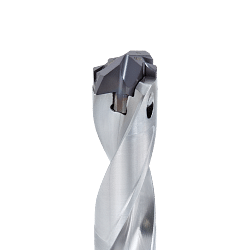 Drilling tools
Drilling tools Drilling tools
Drilling tools- All products
- Indexable drill bits
- Indexable drill heads
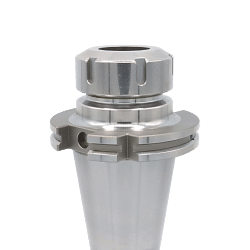 Clamping systems
Clamping systems Measuring and precision tools
Measuring and precision tools Measuring and precision tools
Measuring and precision tools- All products
- Digital calipers with readings to 0.01
- Analogue calipers
- Digital micrometers
- Analogue micrometers
- Bore gauges
- Snap gauges
- Digital gauges
- Analogue gauges
- Touch probes
- Zero setters and edge finders
- Inspection plates
- Altimeters
- Height gauges
- Squares and levels
- Threaded rings
- Gauge blocks
- Calibrated tapes and thickness gauges
- Digital and analogue hardness testers
- Roughness testers
- Microscopes, lenses and visors
- Digital thermo-hygrometer to measure moisture
- Reset benches
- Optical profile projector
- Professional, digital dynamometers
- Laboratory scales
- Digital amperometric pliers
- Thickness and adhesion gauges
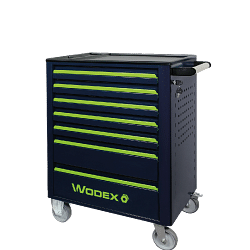 Hand tools
Hand tools Hand tools
Hand tools- All products
- Combination wrenches
- Spanners
- Hook wrenches
- Tubular wrenches
- Hexagon keys
- Torx wrench
- Socket wrenches
- Screwdrivers
- Torque wrenches
- Torque screwdriver
- Inserts and bits for screw drivers
- Tool trolleys
- Workshop pliers
- Wire strippers
- Cable strippers
- Cutting nippers
- Professional scissors
- Nippers
- Professional shears
- American or Swedish pipe wrench
- Adjustable wrench
- Pipe tools
- Pipe cutter for plumber
- Cutter
- Hacksaws
- Deburring tools
- Chisels
- Hammers and mallets
- Mechanical and conical pullers
- Clamps
- Tap wrenches and die stocks
- Riveters
- Flexometers
- Tape measures
- Markers
- Flat squares and rulers
- Professional dividers
- Professional protractors
- Brushes
- Lubricators and spray nozzles
- T-wrenches
- Reversible ratchets
 Abrasives
Abrasives Abrasives
Abrasives- All products
- Cutting discs
- Deburring grinding wheel
- Flap discs
- Fabric discs for surface treatment
- Abrasive fibre discs with Velcro
- Abrasive cloth in rolls, sheets and bands
- Flap wheels with pin and abrasive wheel with hole
- Abrasive wheels for buffing machines
- Abrasive spiral bands
- Abrasive brushes
- Flexible sanders
- Mounted grinding discs
- Polishing felt
- Solid carbide rotary cutters
- HSS rotary cutters
- Abrasive wheels for sharpening and grinding
- Diamond grinding wheels
- Grinding stone
- Diamond paste
- Abrasive stones
- Files and rasps
- Diamond files
- Grinders and polishing equipment
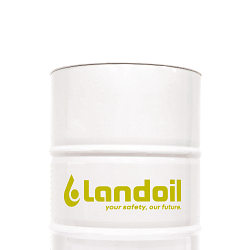 Lubricants for machine tools
Lubricants for machine tools Lubricants for machine tools
Lubricants for machine tools- All products
- Water-miscible coolants
- Neat cutting oil
- Minimal lubrication systems
- Oil for guides and slides
- Drums of hydraulic oil fluid
- Anti-freeze for machine tools
- Air coolers
- Oil separator
- Powders and absorbents for oil
- Aspirators for oil mist
- Accessories for cooling lubricants
- Metal and mould protectors
- Grease and paste
 Chemical, adhesives and sealants
Chemical, adhesives and sealants Chemical, adhesives and sealants
Chemical, adhesives and sealants- All products
- Acrylic, cyanoacrylate and epoxy adhesives
- Guns and silicon sealant
- Threadlocker
- Sealants and retainers
- Release agents, lubricants and anti-seize
- Zinc spray and polishes
- Lubrication accessories
- Protections for maintenance
- Industrial Cleansing
- Handwash
- Industrial cloths and rags
- Welding machines
- Electrodes
- Clamps, shields and welding masks
- Antispatter
 Safety equipment
Safety equipment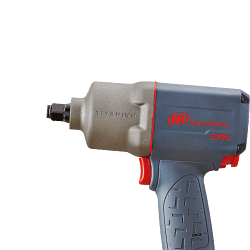 Pneumatics
Pneumatics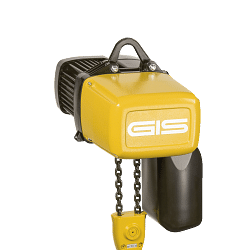 Lifting systems
Lifting systems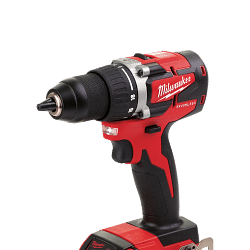 Workshop equipment
Workshop equipment Workshop equipment
Workshop equipment- All products
- Column and bench drills
- Accessories for lathes
- Band saws
- Cut-off machines
- Bench grinders
- Power tools
- Spare parts and accessories for Power Tools
- Saws and hole cutters: wood, metal and plasterboard
- Tapered cutters for sheet metal
- Industrial aspirators
- Fume aspirators
- Bench vices
- Technical lamps
- LED torches
- Industrial cable winders
- Trolley wheels
- Quick clamps
- Threaded inserts
- Control knobs
- Packaging accessories and material
- Belt sanders
- Electric tapping machines
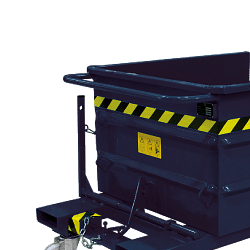 Furnishings and storage
Furnishings and storage Furnishings and storage
Furnishings and storage- All products
- Work benches
- Swivel chairs for office use
- Drawer units for workshops
- Industrial cabinets for warehouses and workshops
- Tool cabinets
- Security cabinets
- Changing room cabinets
- Containers for small metal parts
- Scrap holders
- Workshop trolleys
- Spill pallets for drum storage
- Shelves for warehouses and offices
- Cantilever shelving
- Aluminium ladders
- Modular plinths
- Units and cabinets for waste recycling
 Brand
BrandPromotions
 Bestseller
Bestseller- Catalogues
-
Catalogues
Customer service
How can we help you?
- Faq
- Customer service
02.927371
- Supporting big orders
02.38298620
-
info@linkindustrialtools.it
- Request assistance with form
Or contact us with the chat in the lower right corner
< Lifting systems
- Home
- Lifting systems
- Pneumatic balancers
Pneumatic balancers
Pneumatic balancers are an essential component in modern machine shops. These often underestimated tools make a significant contribution to operational efficiency and workplace safety. But what exactly are pneumatic balancers and why are they so crucial to mechanical operations?
Understanding pneumatic balancers
Pneumatic balancers are devices designed to lift and handle heavy loads with ease and precision. They use compressed air to balance the weight of objects, allowing operators to move them effortlessly. This not only reduces the risk of injury, but also improves productivity, as operators can work longer and more efficiently.
The key role in machine shops
In machine shops, pneumatic balancers are used for a variety of applications, from lifting heavy components to precisely positioning delicate parts. Their ability to reduce the physical effort required to handle heavy loads makes them indispensable in environments where safety and efficiency are paramount.
Advantages of using pneumatic balancers
One of the main advantages of pneumatic balancers is that they reduce the risk of work-related injuries. Manually lifting heavy loads can lead to musculoskeletal injuries, which are among the most common in industrial sectors. By using a pneumatic balancer, operators can avoid these risks while improving their productivity.
In addition, pneumatic balancers offer precise motion control. This is especially important in machine shops, where accurate positioning of parts is essential to ensure the quality of the final product. The ability to precisely adjust the speed and direction of movement allows operators to perform complex operations with ease.
How to choose the right pneumatic balancer
Choosing the right pneumatic balancer depends on several factors, including the type of load to be lifted, the working environment and specific operational requirements. It is important to consider the load capacity of the balancer, its reach and ease of use. In addition, it is essential to assess the quality of the product and the reliability of the supplier to ensure that the pneumatic balancer meets the specific needs of the workshop.
Maintenance and care of pneumatic balancers
To ensure that pneumatic balancers function optimally, regular maintenance is essential. This includes checking pneumatic connections, checking for air leaks and lubricating moving parts. Proper maintenance not only extends the life of the balancer, but also ensures that it continues to function safely and efficiently.
Answers to frequently asked questions
Many operators wonder whether pneumatic balancers are suitable for all types of loads. The answer is that, although they are extremely versatile, it is important to select the right model for the specific type of load. Furthermore, some are concerned about the costs associated with implementing these devices. However, the benefits in terms of safety and productivity often far outweigh the initial investment.
Conclusion
Pneumatic balancers are indispensable tools in modern machine shops. They offer a combination of safety, efficiency and precision that is difficult to match with other lifting methods. Investing in high-quality pneumatic balancers not only improves day-to-day operations, but also contributes to a safer and more productive working environment. With proper maintenance and careful selection, these devices can become a fundamental pillar for any machine shop striving for operational excellence.
Read More Read LessUnderstanding pneumatic balancers
Pneumatic balancers are devices designed to lift and handle heavy loads with ease and precision. They use compressed air to balance the weight of objects, allowing operators to move them effortlessly. This not only reduces the risk of injury, but also improves productivity, as operators can work longer and more efficiently.
The key role in machine shops
In machine shops, pneumatic balancers are used for a variety of applications, from lifting heavy components to precisely positioning delicate parts. Their ability to reduce the physical effort required to handle heavy loads makes them indispensable in environments where safety and efficiency are paramount.
Advantages of using pneumatic balancers
One of the main advantages of pneumatic balancers is that they reduce the risk of work-related injuries. Manually lifting heavy loads can lead to musculoskeletal injuries, which are among the most common in industrial sectors. By using a pneumatic balancer, operators can avoid these risks while improving their productivity.
In addition, pneumatic balancers offer precise motion control. This is especially important in machine shops, where accurate positioning of parts is essential to ensure the quality of the final product. The ability to precisely adjust the speed and direction of movement allows operators to perform complex operations with ease.
How to choose the right pneumatic balancer
Choosing the right pneumatic balancer depends on several factors, including the type of load to be lifted, the working environment and specific operational requirements. It is important to consider the load capacity of the balancer, its reach and ease of use. In addition, it is essential to assess the quality of the product and the reliability of the supplier to ensure that the pneumatic balancer meets the specific needs of the workshop.
Maintenance and care of pneumatic balancers
To ensure that pneumatic balancers function optimally, regular maintenance is essential. This includes checking pneumatic connections, checking for air leaks and lubricating moving parts. Proper maintenance not only extends the life of the balancer, but also ensures that it continues to function safely and efficiently.
Answers to frequently asked questions
Many operators wonder whether pneumatic balancers are suitable for all types of loads. The answer is that, although they are extremely versatile, it is important to select the right model for the specific type of load. Furthermore, some are concerned about the costs associated with implementing these devices. However, the benefits in terms of safety and productivity often far outweigh the initial investment.
Conclusion
Pneumatic balancers are indispensable tools in modern machine shops. They offer a combination of safety, efficiency and precision that is difficult to match with other lifting methods. Investing in high-quality pneumatic balancers not only improves day-to-day operations, but also contributes to a safer and more productive working environment. With proper maintenance and careful selection, these devices can become a fundamental pillar for any machine shop striving for operational excellence.


